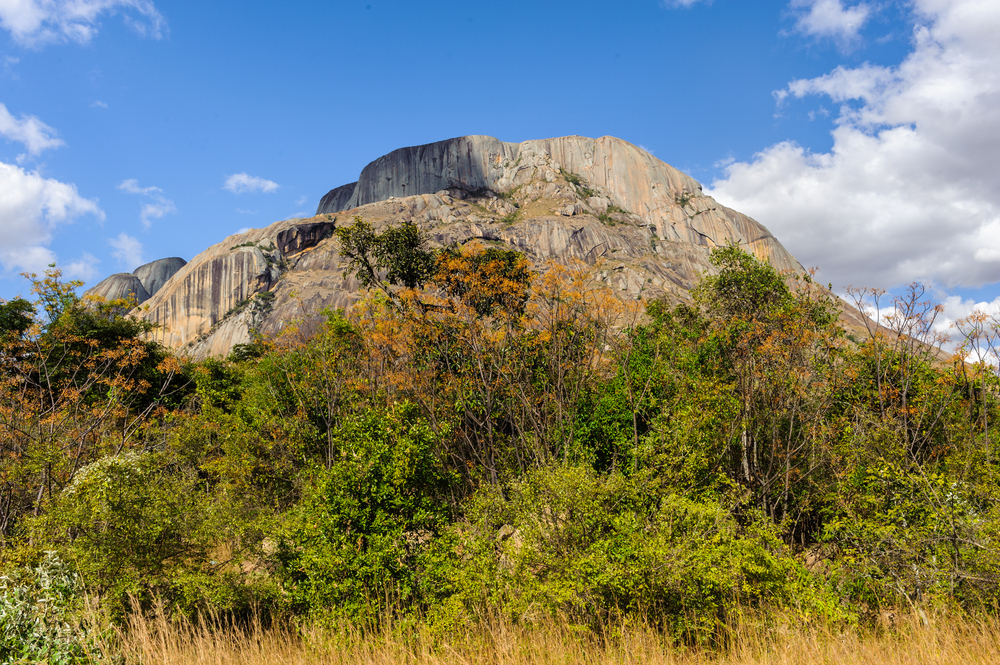Rio Tinto QMM, Madagascar: NPI forecasting and offset cost-benefit analysis

We worked closely with the QMM Environment team led by Johny Rabenantoandro and Manon Vincelette, to deliver a workplan and quantitative analysis for Rio Tinto Madagascar to plan biodiversity mitigation and offset requirements over the project life cycle. This assessment aimed to determine if current and proposed mitigation activities are sufficient to achieve Net Positive Impact by mine closure. The approach outlined in the report can be applied to any type of infrastructure development in any ecosystem. The study was peer reviewed by the Rio Tinto Madagascar Biodiversity Committee and a panel of experts selected by IUCN.
This report was used to assess the technical constraints and financial costs of mitigation and offset activities required to reach a Net Positive Impact on biodiversity. The assessment provides the data to optimise investment across the mitigation hierarchy: should the project avoid, restore or offset its impacts? Through the use of varying assumptions in the model, different risk scenarios could be explained to senior executives responsible for decision making. The approach therefore allowed successful integration of biodiversity and business long term planning.
Specifically, we quantified the impacts of the planned Rio Tinto QMM ilmenite extraction in Madagascar using existing and new spatial imagery and field data collected over the past 15 years. Biodiversity losses and gains were calculated and forecast from the start of Rio Tinto’s NPI commitment to the anticipated closure date of the mine. This included the development of custom metrics and currencies for different types of biodiversity (habitats, species and ecosystem services). The assessment also considered relative biodiversity benefits of investment in various offset sites, including both like-for-like and like-for-not-like offset benefits.
